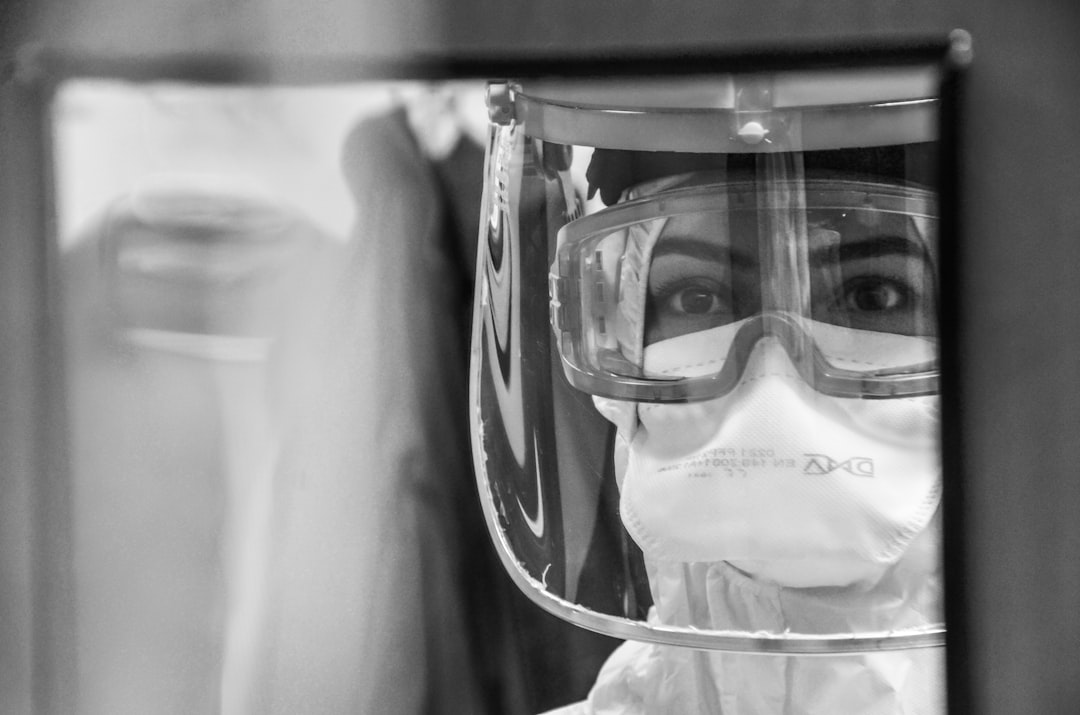What is it about?
Cold spray additive manufacturing is an emerging solid-state deposition process that enables large-scale components to be manufactured at high production rates. Control over geometry is important for reducing the development and growth of defects during the 3D build process and improving the final dimensional accuracy and quality of components. To this end, a machine learning approach has recently gained interest in modelling additively manufactured geometry; however, such a data-driven modelling framework lacks the explicit consideration of a depositing surface and domain knowledge in cold spray additive manufacturing. Therefore, this study presents surface-aware data-driven modelling of an overlapping-track profile using a Gaussian Process Regression model. The proposed Gaussian Process modelling framework explicitly incorporated two relevant geometric features (i.e., surface type and polar length from the nozzle exit to the surface) and a widely adopted Gaussian superposing model as prior domain knowledge in the form of an explicit mean function. It was shown that the proposed model is able to provide better predictive performance than the Gaussian superposing model alone and purely data-driven Gaussian Process model, providing consistent overlapping-track profile predictions at all overlapping ratios. By combining accurate prediction of track geometry with toolpath planning, it is anticipated that improved geometric control and product quality can be achieved in cold spray additive manufacturing.
Featured Image

Photo by Lenny Kuhne on Unsplash
Why is it important?
Cold spray additive manufacturing is an emerging solid-state deposition process that enables large-scale components to be manufactured at high production rates. Control over geometry is important for reducing the development and growth of defects during the 3D build process and improving the final dimensional accuracy and quality of components. To this end, a machine learning approach has recently gained interest in modelling additively manufactured geometry; however, such a data-driven modelling framework lacks the explicit consideration of a depositing surface and domain knowledge in cold spray additive manufacturing. Therefore, this study presents surface-aware data-driven modelling of an overlapping-track profile using a Gaussian Process Regression model. The proposed Gaussian Process modelling framework explicitly incorporated two relevant geometric features (i.e., surface type and polar length from the nozzle exit to the surface) and a widely adopted Gaussian superposing model as prior domain knowledge in the form of an explicit mean function. It was shown that the proposed model is able to provide better predictive performance than the Gaussian superposing model alone and purely data-driven Gaussian Process model, providing consistent overlapping-track profile predictions at all overlapping ratios. By combining accurate prediction of track geometry with toolpath planning, it is anticipated that improved geometric control and product quality can be achieved in cold spray additive manufacturing.
Perspectives
Cold spray additive manufacturing is an emerging solid-state deposition process that enables large-scale components to be manufactured at high production rates. Control over geometry is important for reducing the development and growth of defects during the 3D build process and improving the final dimensional accuracy and quality of components. To this end, a machine learning approach has recently gained interest in modelling additively manufactured geometry; however, such a data-driven modelling framework lacks the explicit consideration of a depositing surface and domain knowledge in cold spray additive manufacturing. Therefore, this study presents surface-aware data-driven modelling of an overlapping-track profile using a Gaussian Process Regression model. The proposed Gaussian Process modelling framework explicitly incorporated two relevant geometric features (i.e., surface type and polar length from the nozzle exit to the surface) and a widely adopted Gaussian superposing model as prior domain knowledge in the form of an explicit mean function. It was shown that the proposed model is able to provide better predictive performance than the Gaussian superposing model alone and purely data-driven Gaussian Process model, providing consistent overlapping-track profile predictions at all overlapping ratios. By combining accurate prediction of track geometry with toolpath planning, it is anticipated that improved geometric control and product quality can be achieved in cold spray additive manufacturing.
Mr Daiki Ikeuchi
University of Cambridge
Read the Original
This page is a summary of: Data-Driven Overlapping-Track Profile Modeling in Cold Spray Additive Manufacturing, Journal of Thermal Spray Technology, February 2024, Springer Science + Business Media,
DOI: 10.1007/s11666-024-01733-3.
You can read the full text:
Resources
Data-Driven Overlapping-Track Profile Modeling in Cold Spray Additive Manufacturing
Open access full article
Data-Driven Overlapping-Track Profile Modeling in Cold Spray Additive Manufacturing
Cold spray additive manufacturing is an emerging technology that offers unique advantages, including high production rate, unlimited product size and the ability to process oxygen-sensitive materials. However, dimensional control and accuracy in cold spray additive manufacturing are challenging, which limits its integration into commercial manufacturing systems. These problems originate from the poor understanding of the complex relationship between process parameters and the resulting deposit geometry. This knowledge gap motivated the development of an accurate predictive model for the geometry of a cold spray deposit profile to overcome the problems. Recently, a machine learning approach has gained interest in developing the predictive model of such a complex additive manufacturing process due to its superior nonlinear mapping capability, as seen in other manufacturing applications. Nevertheless, such a mapping capability can be realised only with a large amount of experimental data which is often impractical to collect in additive manufacturing applications. This data-scarcity issue has motivated the exploration of a data-efficient machine learning approach suitable for complex process modelling with limited data. Therefore, the objective of this study was to investigate a data-efficient machine learning approach to geometry prediction in cold spray additive manufacturing. The proposed modelling approach incorporated a conventional Gaussian mathematical model into the development and learning process of a data-driven model. We compared to purely mathematical and data-driven modelling results and showed that the proposed modelling approach provided improved predictive accuracy. The findings can contribute to the control and optimisation of the process for shorter production time and the development of build strategy for better as-fabricated surface and dimensional quality control. The approach in this study is also applicable in other deposition-based additive manufacturing technologies such as Wire and Arc Additive Manufacturing.
Contributors
The following have contributed to this page










